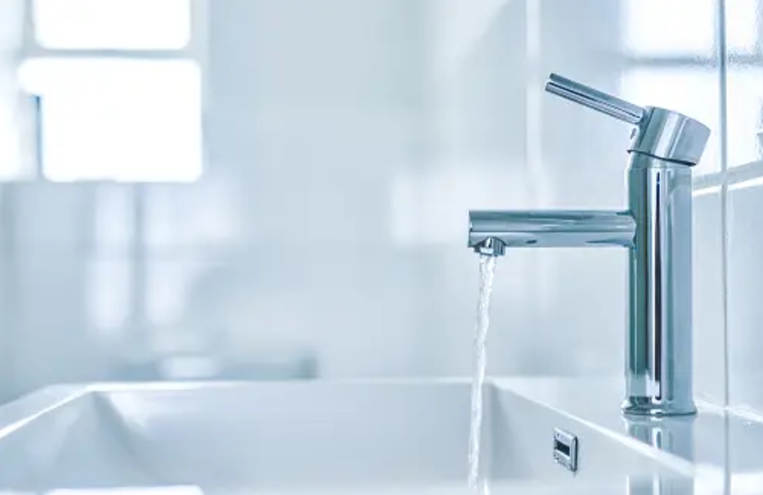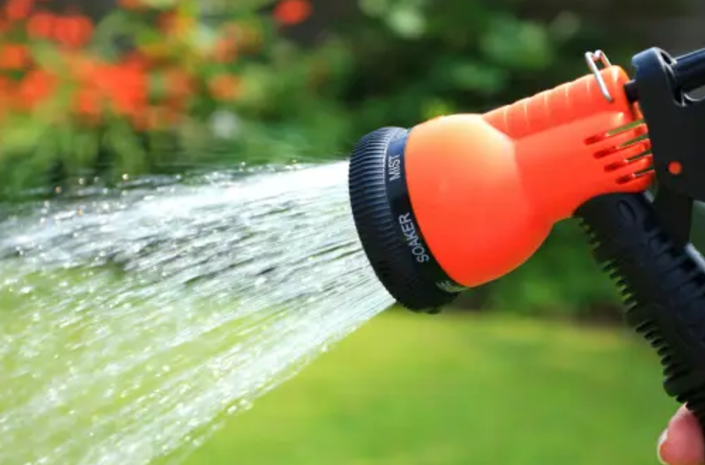Did you know wasting water is also a waste of energy and resources?
Wasting water is also a waste of energy and resources. Why not make an effort and minimize wasteful water habit? The following information provides ways to conserve water, helpful tips to start today and facts on how much water we use and what can be done to reduce consumption. Conserving water starts with you, one drop at a time.



Do you know how much water you use? Or, how much water your household uses? Did you know that any home or apartment, if metered, can measure its water consumption use which can be used to compare with Alberta standards? Within this vast world we live, water is depended on in so way ways. Each community, household right down to individual uses varying amounts of water for varying reasons. From washing clothes, to watering the lawn, to driving your car, water consumption takes place daily. With consumption rates rising, we need to ensure that balance between water use and water availability. Water Reuse is an example of how to utilize water to its full potential and ensure balance between use and availability. This section looks at domestic use and the ways we use, reuse and lose water.
Below are two water use calculators that help you compare your personal daily water use total to the national and provincial averages.
Calculate how much water you have with this easy water convertor (gallons, litres, cubic metres, hectare, etc).
Share this Post:
We provide Canadian educational resources on water practices to promote conservation and sustainability. Our team crafts current and relevant content, while encouraging feedback and engagement.
The Canada WaterPortal is a registered charity, #807121876RR0001
We recognize and respect the sovereignty of the Indigenous Peoples and communities on whose land our work takes place.
© 2025 All Rights Reserved.